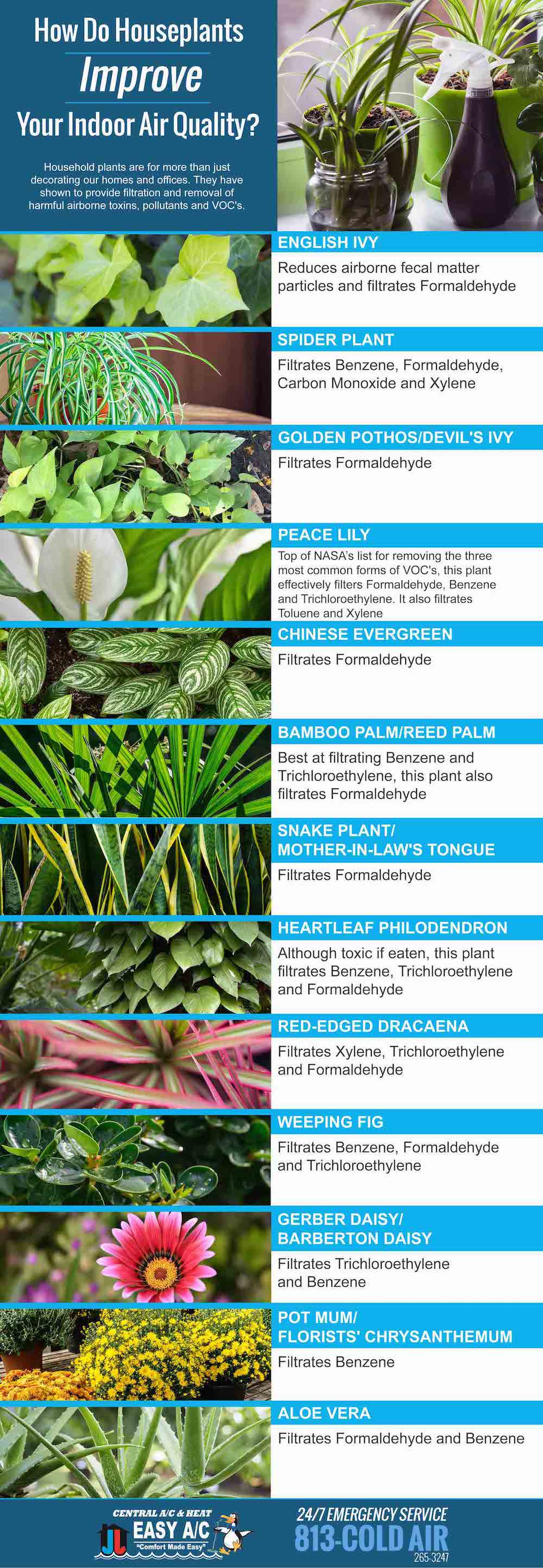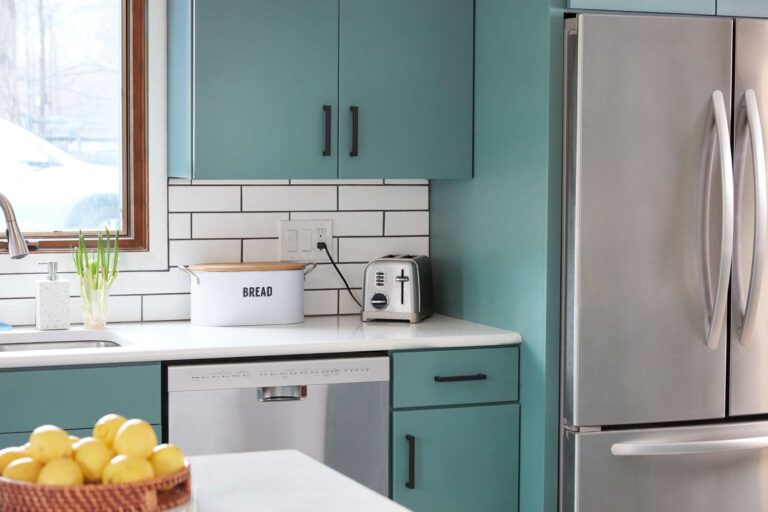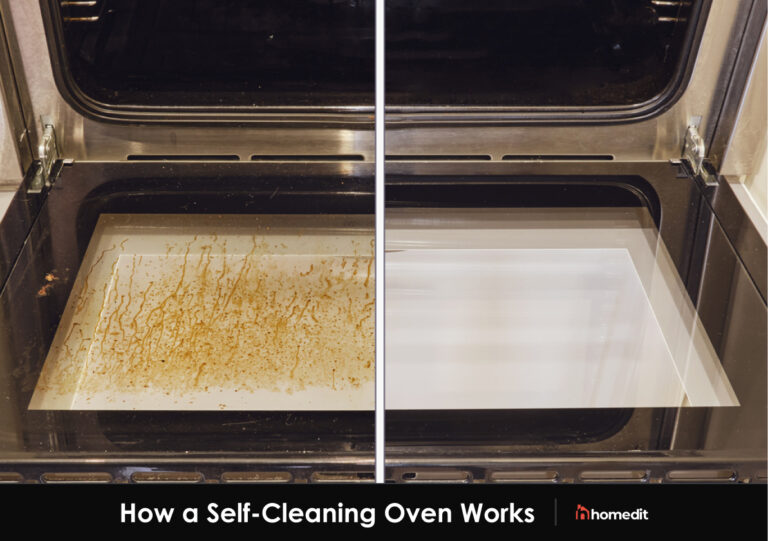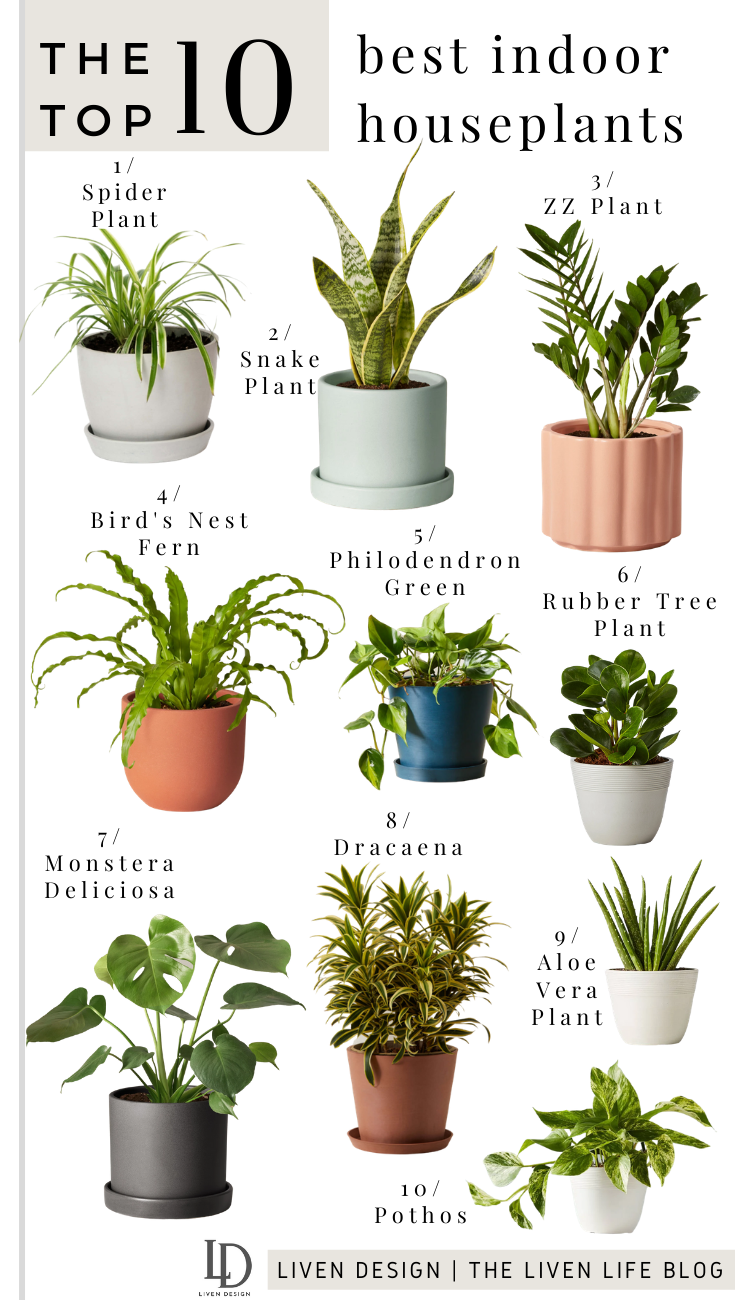How Can I Improve My Indoor Plants?
Indoor plants are a great way to add some life to your home. They are also known for their air-purifying abilities and can help to reduce stress and anxiety. However, it is important to learn how to take care of your indoor plants to ensure their health and longevity. This article will outline some tips for improving the health of your indoor plants, such as selecting the right type of plants, providing adequate light, and choosing the best soil. Additionally, it will discuss how to identify problems with your plants and what steps to take to address them. With the right information and care, your indoor plants will thrive and bring you joy for years to come.
Identifying Your Indoor Plants
Taking care of indoor plants can be a tricky endeavor. From knowing when to water and how much to prune, it’s important to understand the specific needs of your plants before getting started. Fortunately, identifying your plants and understanding their unique requirements is the first step to becoming a successful indoor gardener.
Before you get started, take a few moments to familiarize yourself with the different varieties of plants that can be grown indoors. This will help you to better identify the plants in your home and determine which ones are best suited to your environment. Once you have a better understanding of what you’re working with, you can then look into specific requirements for each type of plant.
Lighting, temperature, humidity, water, and nutrient requirements will all vary depending on the type of plant you have. Research your plants to find out what their specific needs are and to determine the best ways to provide for them. Additionally, if you’re unsure of the species of your plants, you can take pictures and search online for help in identifying them.
By taking the time to identify your indoor plants, you can more accurately assess their needs and provide the best possible care. Knowing what kind of plants you have and their individual needs is the key to successfully growing and maintaining healthy, beautiful indoor plants.
Understanding Light Requirements
Indoor plants are a great way to brighten up any space, but it’s essential to understand their light requirements to ensure they stay healthy and vibrant. It’s important to determine the amount of sunlight your plants need, as the wrong amount can cause problems such as stunted growth, yellowing leaves, or even death. The amount of light each plant needs varies depending on the species, but some general tips can help keep your plants thriving.
If you’re growing plants indoors, the best way to provide the right amount of light is to use lamps or other artificial light sources. If you’re using natural light, make sure you place your plants in an area that receives plenty of sunlight, such as a south-facing windowsill. You can also move your plants around during the day to ensure they get the right amount of light. Additionally, it’s important to make sure your plants don’t get too much light, as this can cause them to become overheated and dry out.
Finally, it’s important to monitor your plants for signs of stress, such as yellowing leaves or wilting. If you notice any of these signs, it could be a sign that your plants aren’t getting enough light. Adjusting the amount of light they receive can help them recover and continue to thrive. With the right amount of light, you can ensure your indoor plants stay healthy and happy.
Water Requirements for Indoor Plants
If growing plants indoors is something you want to do, it’s important to be aware of the water requirements of your plants. Different plants have different water needs and the amount of water they require depends on the type of plant, the environment in which it’s growing, and the growing season. While some plants need to be watered frequently, others require less water. Knowing how much water your plants need is vital to ensuring they get the right amount of hydration.
Generally speaking, most indoor plants need to be watered at least once a week during the growing season. However, there are some exceptions to this rule. For example, succulents and cacti can usually survive with less water, while tropical plants may need more water depending on the environment. Additionally, some plants may require more frequent watering during the summer months.
It’s also a good idea to make sure your plants are getting the right kind of water. Tap water can often have chemicals like chlorine or fluoride which can cause problems for some plants. If possible, try to use rainwater or filtered water to ensure your plants are getting the best possible hydration.
By understanding the water requirements of your plants, you can ensure that your indoor plants are healthy and thriving. With the right care and attention, you can improve your indoor plants and enjoy the beauty and benefits of growing plants indoors.
Selecting the Right Soil
Indoor plants can bring life and beauty to any home or office space, but the right soil is essential for their continued health and beauty. The right soil mix will provide a growing environment that will help your plants grow stronger and healthier. When selecting soil for your indoor plants, consider the type of soil you need to create an ideal environment for your plants. For example, succulents and cacti need a well-draining soil mix, while other plants may need a more moisture-retentive mix. Additionally, you should consider the nutrient levels in the soil. If the soil is too nutrient-rich, the plant may not be able to absorb the nutrients. If the soil is too nutrient-poor, the plant may not be able to access the nutrients it needs to grow. Finally, consider the pH level of the soil. Some plants, such as blueberries, need acidic soil, while others, such as roses, need alkaline soil. By taking the time to research the specific needs of your plants, you can ensure that you select the perfect soil for them. With the right soil mix, your indoor plants will thrive and bring beauty to any space.

Fertilizing Indoor Plants
Fertilizing your indoor plants is a great way to give them the nutrition they need to grow and flourish. Different types of plants require different types of fertilizers, but the basic rule of thumb is to use a balanced, slow-release fertilizer once a month. When selecting a fertilizer, make sure to look for one that is specifically designed for indoor plants. This type of fertilizer is typically a balanced mix of nitrogen, phosphorus, and potassium, and it will provide your plants with the essential nutrients they need. Before fertilizing, water your plants and then apply the fertilizer around the soil, avoiding the leaves and stems. Lastly, make sure to not over-fertilize your plants as this can cause fertilizer burn and result in damage to the plant. By following these steps, you can ensure that your indoor plants are healthy and thriving.
Managing Pests and Diseases
Indoor plants can become victims of pests and diseases, which can dramatically reduce their health and beauty. To prevent such issues, it is important to create an environment that discourages pests and diseases. Properly controlling temperature, humidity, and air circulation can go a long way in keeping plants healthy. It is also important to inspect plants regularly for signs of pests and diseases. If any signs are present, it is best to treat the plant with a pesticide or fungicide as soon as possible. Additionally, keeping plants clean by removing dead leaves or debris can help reduce the spread of pests and diseases. Lastly, make sure to properly water your plants and use organic fertilizers to ensure your plants are getting the nutrients they need. With a little bit of care, you can keep your indoor plants healthy and thriving.
Pruning for Healthy Growth
Indoor plants not only bring a touch of nature into any home or office, but they also provide plenty of health benefits as well. But proper pruning and care are essential for keeping them in top shape. Pruning allows for better air circulation, light penetration, and overall healthier growth. It is also important for removing dead or diseased leaves and stems. With the right approach, pruning indoor plants can help keep them healthy and looking their best.
For successful pruning, it is important to understand the needs of each type of plant. Carefully examine the plant for signs of disease, such as discolored or wilting leaves. This will help identify any areas needing extra attention. Once a specific area is identified, trim the plant, using sharp, sterilized shears. Removing dead or damaged leaves and stems helps promote healthy new growth.
Additionally, pruning helps keep indoor plants from becoming too tall or lanky. Many types of indoor plants benefit from regular pruning, such as spider plants, ficus trees, and Dracaena. This can be done by pinching or cutting off the tips of branches. This helps encourage the plant to become bushier and fuller.
Regular pruning will help indoor plants stay healthy and look their best. With proper care and attention, pruning can help keep indoor plants thriving and full of life.
Repotting Indoor Plants
Repotting indoor plants is an essential part of improving their health and helping them thrive. When your plants need to be repotted, you’ll know by looking at the roots. If the roots are visible at the surface of the soil, or there is a mass of roots visible when you take the plant out of its pot, it’s time to repot. When repotting, it’s important to use a pot that is slightly larger than the current one and to use potting soil specifically designed for indoor plants. This will help ensure that the plant has enough space to grow and that it is getting the nutrients it needs to survive and thrive. Additionally, it’s important to water your plants regularly to keep them healthy.
FAQs About the How Can I Improve My Indoor Plants?
Q1: What kind of light do indoor plants need?
A1: Indoor plants need bright, indirect light to thrive. Place your plants near a south- or east-facing window that gets at least 6 hours of sunlight per day.
Q2: How often should I water my indoor plants?
A2: The frequency of watering depends on the type of plant and the environment it’s in. Generally, you should water your plants when the soil is dry to the touch. Check the soil every 3-4 days and water when necessary.
Q3: How can I prevent my indoor plants from getting disease or pests?
A3: Make sure to check your plants regularly for signs of disease or pests. Pruning diseased leaves, avoiding overwatering, and providing adequate light and nutrients can help prevent disease and pests. Additionally, it’s a good idea to isolate any new plants you bring into the house for a few weeks to make sure they’re healthy.
Conclusion
Improving your indoor plants is a rewarding task that takes time, effort, and patience. With proper care and maintenance, you can ensure that your plants remain healthy and vibrant. Start by selecting the right plants for your space, providing adequate light and water, using the right soil and fertilizers, and monitoring for pests and diseases. Regular pruning and repotting can also help keep your plants healthy and happy. With these tips in mind, you can make sure that your indoor plants will thrive.





